
Parents in South Korea are voicing their concerns as the age demographic of luxury brand consumers skews younger, and Korean brand ambassadors themselves are becoming increasingly younger.
Recently, global luxury brands have been choosing K-pop ambassadors who are still in their teens. This has raised concerns among many, as these young K-pop stars, often idolized by middle and high school students, could promote and encourage excessive consumption of luxury brands among teenagers.
According to luxury industry reports on May 5, NewJeans' Haerin was recently selected as an ambassador for Dior Jewelry, fashion, and beauty. With Haerin's appointment, all of the NewJeans members are luxury brand ambassadors.
NewJeans member Hanni was appointed as an ambassador for Gucci and Giorgio Armani Beauty, Hyein for Louis Vuitton, Danielle for Burberry and Saint Laurent Beauty, and Minji for Chanel Beauty.

All five members were born in 2004 and after. Minji and Hanni were born in 2004, Danielle was born in 2005, Haerin was born in 2006, and Hyein was born in 2008, making all the members under 20.
An official from the luxury goods industry explained, "Some have questioned the appropriateness of selecting teenage K-pop stars as brand ambassadors. However, these young artists boast a strong and growing international fanbase, which offers significant benefits for increasing brand visibility and recognition."
Luxury brands are increasingly featuring K-pop stars as their models. BLACKPINK's Jennie has been a Chanel ambassador since 2017, while Louis Vuitton has enlisted Kang Dong Won, Bae Doona, Jung Ho Yeon, and BTS' J-Hope as ambassadors. Dior has also appointed Jimin from BTS and Jisoo from BLACKPINK as ambassadors. As the average age of luxury goods consumers is skewing younger, brands are selecting younger K-pop stars as their models.

Consulting firm Bain & Company forecasts that by 2030, Generation Alpha (those born after 2010) and Generation MZ (Millennials and Generation Z) will contribute to 80% of global luxury fashion brand sales. Generation Z (born between the mid-90s and 2010) and the Alpha generation are expected to account for around one-third of the luxury goods consumer class by 2030. Notably, Generation Z tends to make their first luxury purchase around the age of 15, which is three to five years earlier than their millennial counterparts.
However, some are concerned that this trend may encourage unnecessary consumption among Korean middle and high school students. Teenagers often copy the fashion worn by celebrities or buy expensive items to fit in with their friends. Some parents are already struggling financially as their teenagers request to buy luxury items such as expensive wallets, sneakers, and cosmetics.
A 40-year-old housewife commented that padded jackets, which were considered "backbreaking" priced items in the past, are now considered nothing compared to the luxury items being demanded by children today. She explained, "I contemplate if I should buy my child these luxury brand sneakers or t-shirts when they say all their friends have them. But then I wonder if it is the correct thing to do or be overly concerned about this issue."
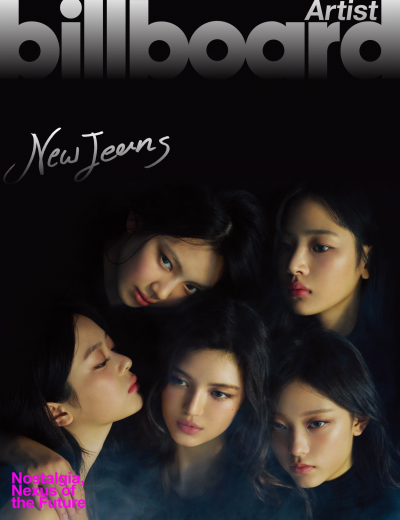
 SHARE
SHARE
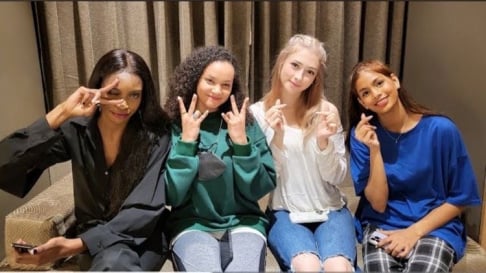
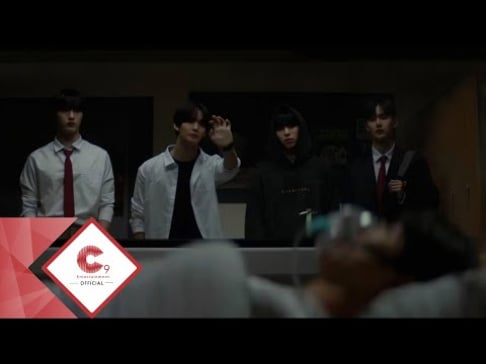
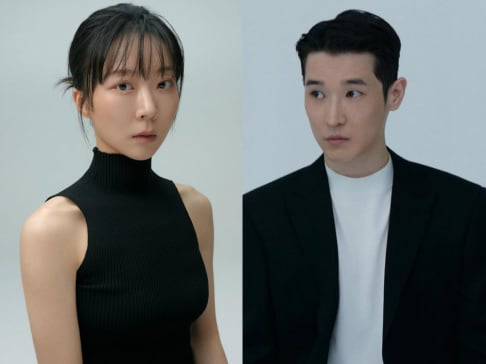
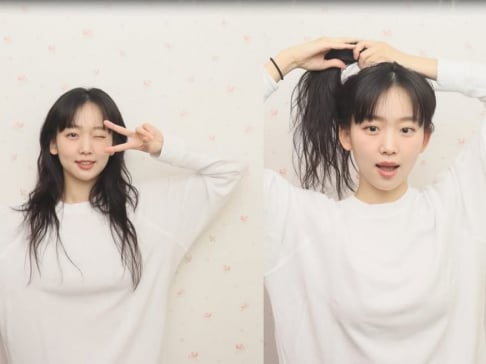

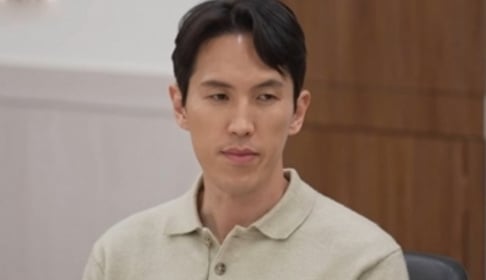



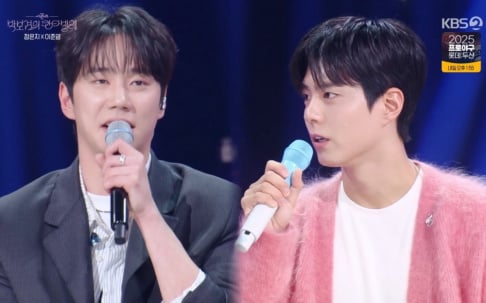
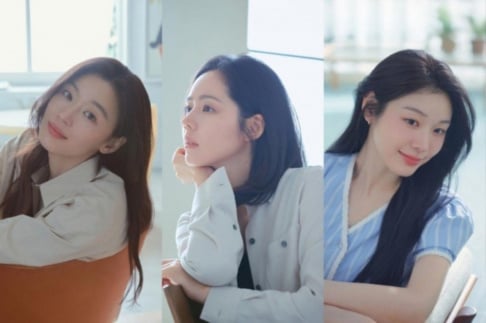
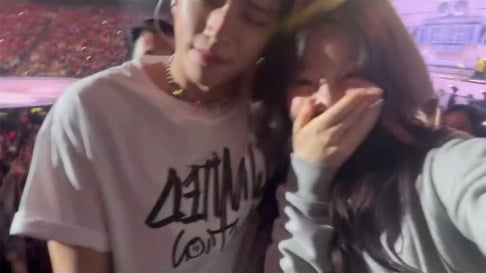
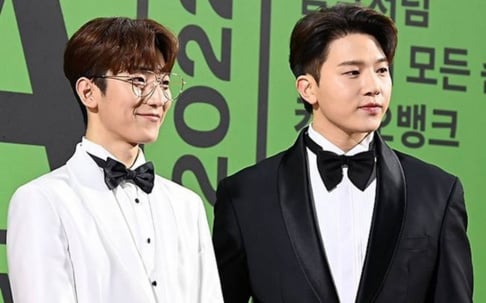
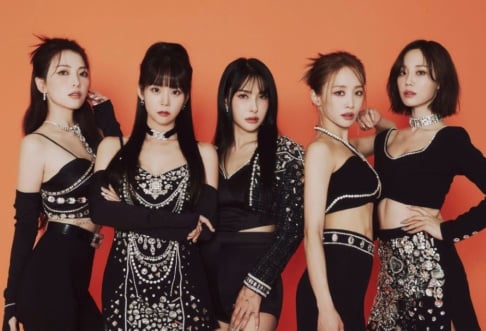
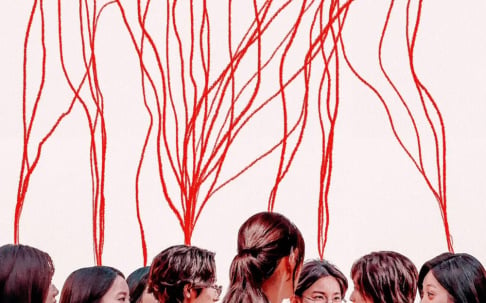
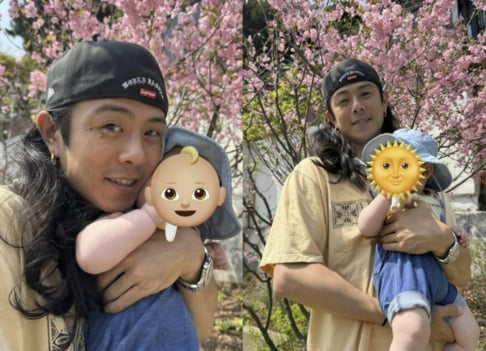
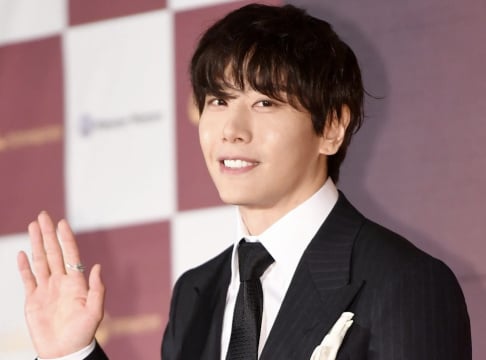
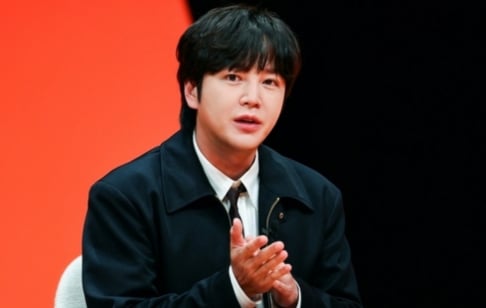



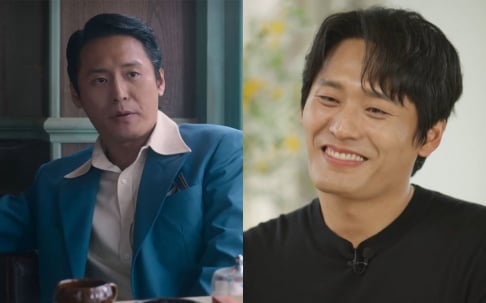

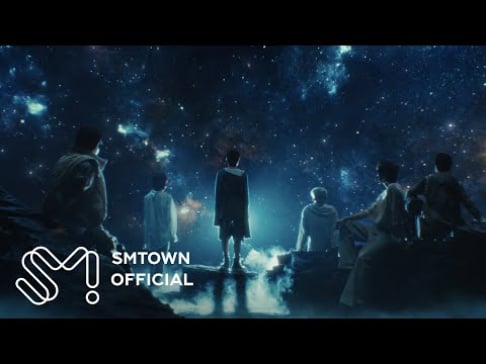
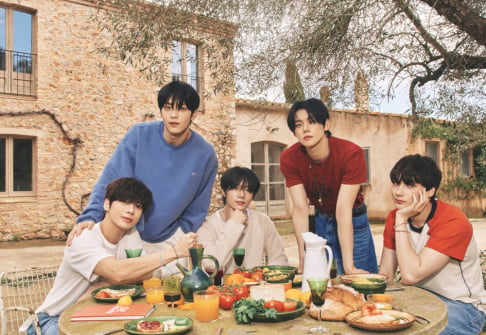

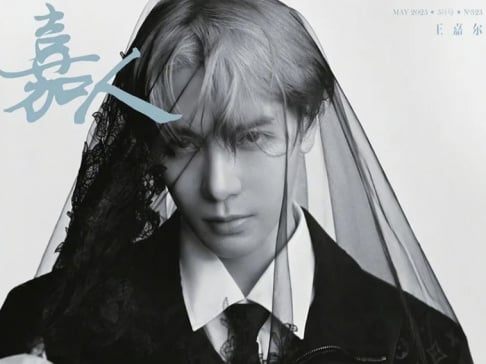

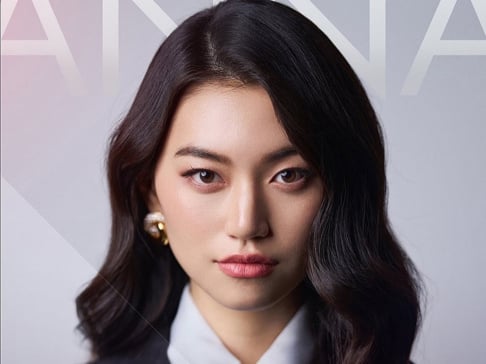

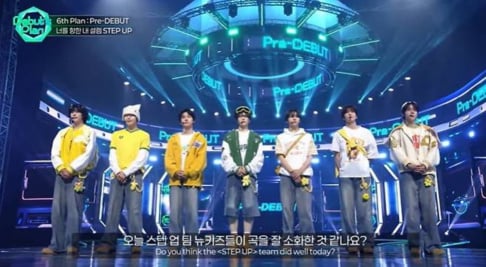
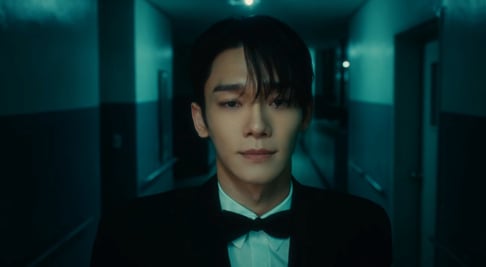

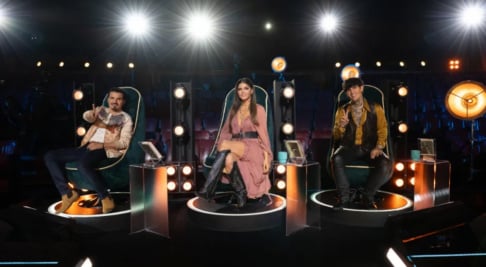
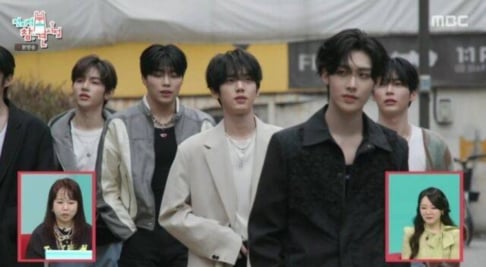
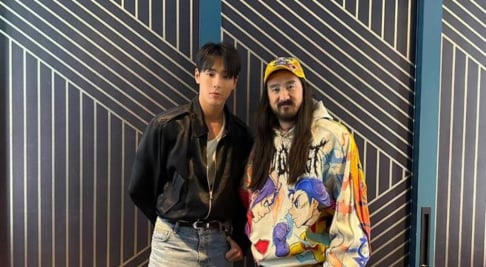
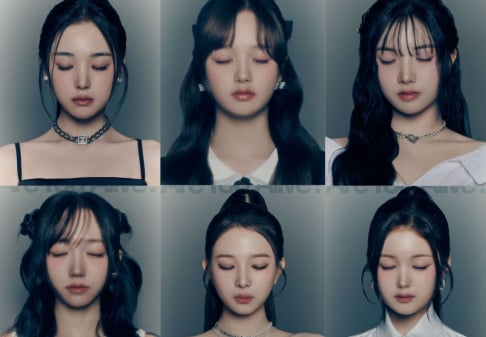
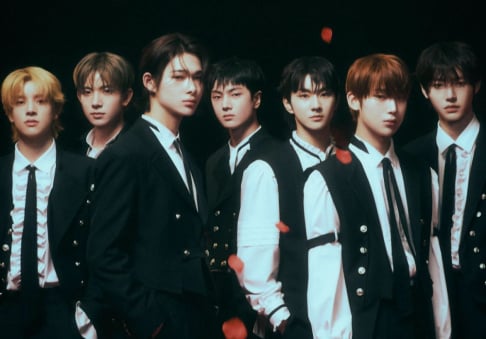



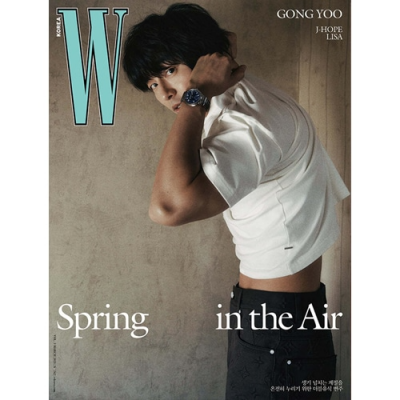
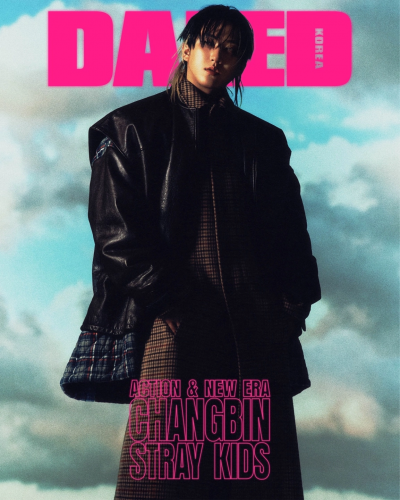
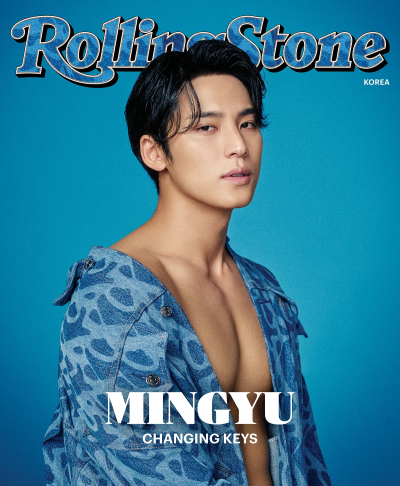
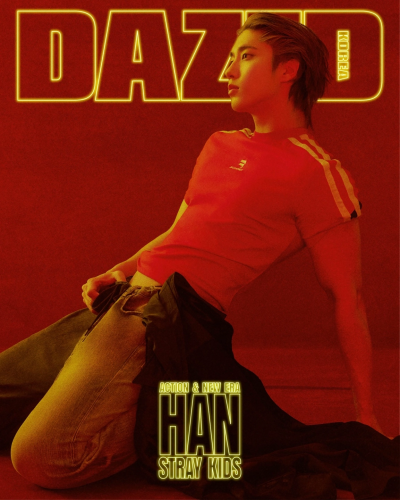
While I understand the pressure parents are under, they need to teach their children the meaning of no, they cannot afford things that these children are demanding that they "must have". My mom was a single parent and we knew what she could afford to spend on us kids. It's time these kids learn the same things.
2 more replies